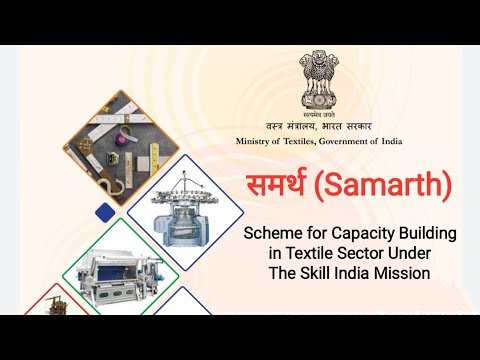Free Courses Sale ends Soon, Get It Now


Free Courses Sale ends Soon, Get It Now



Copyright infringement not intended
In News
Samarth (Scheme for Capacity Building in Textile Sector)
.jpg) The main objectives of the scheme are;
The main objectives of the scheme are;
Indian Textile Sector
Important Steps taken by the Government to support Textile Sectors
Must Read: https://www.iasgyan.in/daily-current-affairs/textile-sector-in-india
https://www.pib.gov.in/PressReleasePage.aspx?PRID=1885413
© 2024 iasgyan. All right reserved